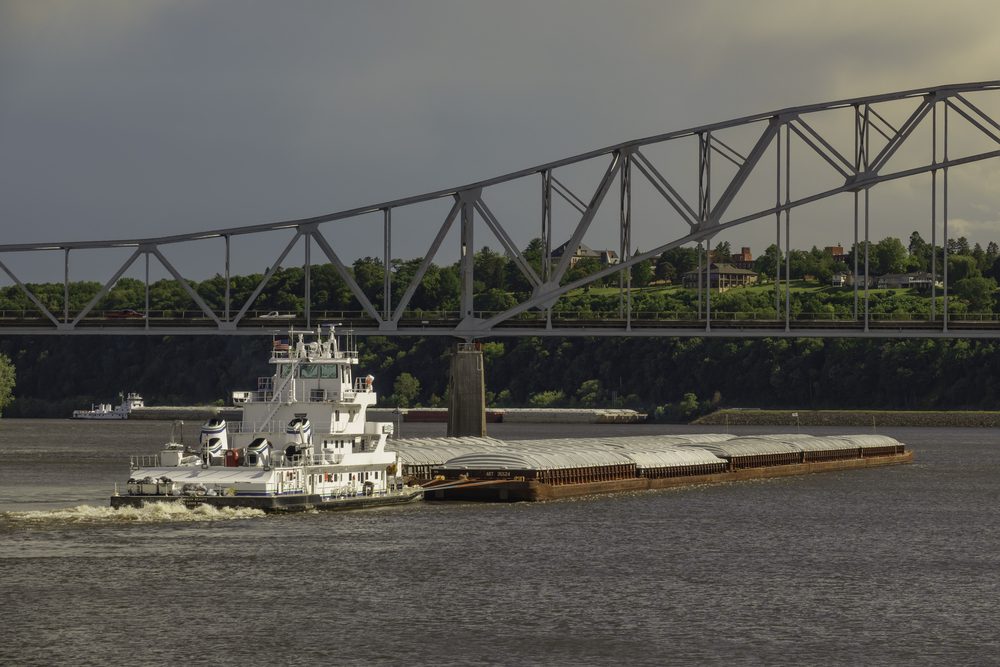Bulk carriers under construction at Shanghai Waigaoqiao Shipbuilding
With nearly 16+ percent of the world dry bulk fleet due for delivery in the next 2 1/4 years, there will not be enough demand to support total capacity of the world dry bulk fleet.
Between 2013 and 2016, dry bulk fleet supply is forecasted to grow approximately 90+ million deadweight tons (dwt) to 790+ million dwt. Slow-steaming represents a material “shadow supply” of dry bulk tonnage and it has been estimated to represent 16 percent of excess fleet capacity. With bulk carrier newbuild deliveries combined with the “shadow supply” of tonnage, the world dry bulk fleet will have over 32 percent in excess fleet capacity over the next few years depending upon market circumstances.
By 2016, it is projected that fleet employment (utilization) only recovers to 83.9 percent. This compares to an employment (utilization) in 2008 exceeding 94.9 percent.
At the end of 2013, it is estimated that approximately 55 percent of the dry bulk fleet will be 0 to 4 years old. An additional 16% of the dry bulk fleet will be 5 to 9 years old. The dry bulk fleet is young and is not going to be scrapped anytime soon.
From a historical perspective, since the end of 2001, the current dry bulk fleet has grown 145 percent. Shipowners and investors have focused their investment capital on larger size vessels and have essentially ignored the smaller size carriers. The fleet that is most likely to remain profitable throughout the dry bulk recession is the Handysize fleet.
In the short term, supply continues to expand at an extraordinary pace.
Even with scrapping rates high, we expect to continue to see positive fleet growth for all segments over the next three years, albeit weighted towards the larger vessels. Ordering of new eco-ships will only further deteriorate the demand/supply imbalance, as the current fleet is relatively young and it is unlikely newer ships will be salvaged.
Simply put, there are just too many bloody ships either on the water, a “shadow fleet” ready to add additional capacity and more ships are on the way as shipowners and investors continue to order. This is a recipe for long-term underperformance at best and at worst, a dry bulk market depression for years to come.
Jay Goodgal can be reached via email at [email protected]

 Join The Club
Join The Club











